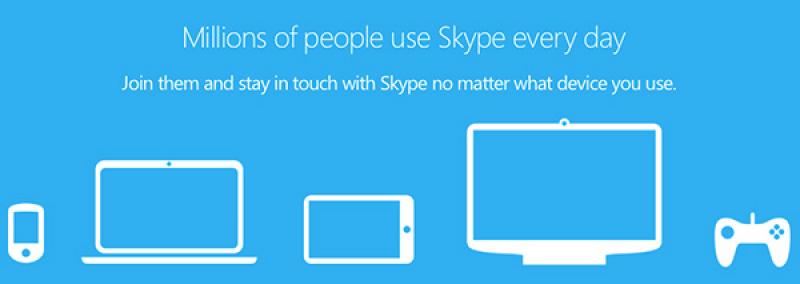


Make people SEE and REMEMBER the brand



Get people to UNDERSTAND and
WANT the brand



Change people's BEHAVIOR and
get them to CONVERT



Take care of people to CONVERT OFTEN and
ADVOCATE the brand
U News
What is Multi-Touchpoints Attribution?
Multi-touch attribution is broad discipline that includes multiple methods and models. Knowing which model is right for your business needs depends on what you want to do with output. That’s why this post explains the fundamentals of multi-touch attribution, highlights the differences in available methods and models in our platform, and helps you choose the right model for your business.

What is Multi-Touch Attribution?
Multi-touch attribution is an advanced way of measuring marketing effectiveness because it accounts for the cross-channel consumer journey. It replaces the default, flawed approach of measuring performance within marketing channel silos – typically giving all of the credit to the last marketing touchpoint experienced by a consumer before she converts. This siloed approach leads marketers to double-count success metrics because multiple channels are taking credit for the same KPI event, such as a conversion or lead. It also neglects to measure the contribution of supporting marketing channels and tactics earlier in the consumer journey that play a role in influencing a desired action.
Multi-touch attribution eliminates this duplication because it looks at the consumer journey across marketing and advertising channels and tactics. Leveraging individual, user-level data across addressable channels like direct mail, online display and paid search, multi-touch attribution calculates and assigns fractional credit of a KPI event to the marketing touchpoints along the consumer journey that influenced a desired business outcome. Depending on the multi-touch attribution model, these insights into past performance can also be used to inform more efficient and effective planning and optimization decisions for future campaigns, as well as those already in flight.
Different Multi-Touch Attribution Models
While there are many different types of multi-touch attribution models, the level of sophistication of each model can differ dramatically.
- A subjective rules-based methodology relies on humans to define the rules of how credit is allocated to one or more points in the consumer journey. These models can be used to better understand the consumer journey.
- An algorithmic methodology is based in objective, statistical modeling and machine-learning techniques. The output of an algorithmic model can be used to predict outcomes to help marketers plan or optimize future marketing efforts. But even algorithmic models vary in terms of their modeling sophistication and granularity of predictions.
No matter the method, the common denominator between all multi-touch attribution models is that each tracks the consumer journey and de-duplicates it across channels and tactics to assign credit for a KPI event (e.g., conversion, lead, etc.) to one or more touchpoints.
Here is an overview of the multi-touch attribution models available in market, and how they are typically used:
Rules-Based:
- Last Touch: In a last touch model, the last touchpoint in the consumer journey receives 100% of the credit for the KPI event. Due to its history as the default marketing measurement methodology, this model is often used as a baseline to compare other multi-touch attribution models.
- First Touch: In a first touch model, the first touchpoint in the consumer journey receives 100% of the credit for the KPI event. This model is often used to measure marketing efforts that are intended to drive awareness by reaching new consumers for the first time.
- Even Weighting: In an even weighting model, also known as a linear model, all touchpoints in the consumer journey receive equal credit for the KPI event. This model is often used to measure marketing efforts that have long consideration cycles, thus making it important to reinforce the message many times throughout the consumer journey. It is also a good starting point for marketers that are new to multi-touch attribution and do not have an existing understanding of the typical consumer journey across channels.
- Position-Based: In a position-based model, also known as a bathtub or u-shaped model, the first and last touchpoints in the consumer journey receive a higher percentage of credit than the touchpoints in between. This model is often used when marketers want to favor the “Opener” and “Closer” touchpoints more heavily than the “Supporter” touchpoints in the middle of the consumer journey.
- Time Decay: In a time decay model, the percentage of credit gradually builds while leading up to the last touchpoint in the consumer journey. This model is often used to measure marketing efforts that have short consideration cycles, such as promotional campaigns.
Algorithmic:
- Enhanced Attribution: Our Enhanced Attribution model not only enables marketers to objectively measure marketing performance, but also take advantage of platform’s predictive analytics capabilities. Marketers can test multiple “what if?” scenarios to understand optimal budget allocation at the channel and sub-channel levels in order to achieve a specific goal.
- TrueAttribution: The most sophisticated algorithmic multi-touch attribution model, TrueAttribution’s multi-dimensional modeling technique models for every dimension of every touchpoint before assigning fractional credit. Not only can marketers use this model to objective measure marketing performance, but they can also use scenario planning interface to predict outcomes at the most tactical levels of their marketing and media plans. That means, not only can they understand optimal budget allocation at the channel and sub-channel levels, but also the most granular levels like keyword, placement and creative.
Which Model is Best for You?
At a time when marketers are increasingly held accountable for demonstrating marketing success, any of these models is better than siloed channel measurement or no measurement at all. Any of these models will arm you with insight into the consumer journey that you didn’t have before. Ultimately, deciding which MTA solution is right for you comes down to your goals, business requirements and how you want to use the output to improve the effectiveness of your marketing.
Related Post
Recent Post











